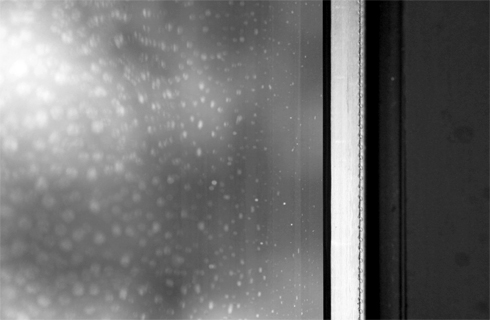Boosting Creativity, Enhancing Composition
My approach to artistic photography is simply walking. I take out my camera, have it at the ready, and simply walk around a location of my choice. Photography is all about seeing. Once you start to develop your eye, you begin to see things around you as though they’re compositions; you become more aware of shapes, textures, contrasts, lines, and so forth. I would even go so far as to say that photography is one of the greatest ways to enhance your observational skills.
Sometimes, though, inspiration doesn’t come. That’s when a few little tricks can come in handy to help you see the world differently, or to add interest to otherwise mundane surroundings. These are just ideas; they won’t always work, and there’s no guarantee you’ll even like them, but here they are anyway, for your approval.

My favorite piece of advice, which is often suggested by photography teachers (and art teachers in general), is to change your altitude. Get higher up, or get lower down. Granted, it’s not always possible to get higher up, but you can always kneel or even lie down on the ground. Once you’re up there (or down there), look around. Look straight up, look straight down. You may see things differently.
The second trick that can give your compositions more interest is to change the autofocus point on your camera. If you are using a digital SLR that has multiple autofocus points, try setting it to use the one on the far left or the far right of the frame, rather than smack in the center. I admit that I tend to use the center AF point 99.9% of the time, and even though I often focus and then shift the camera to the left or the right before releasing the shutter, setting the AF point explicitly on one side of the frame will force you to think off-balance. It’s a good thing to get used to.

If you’re out during the day and the sky is bright (or overcast, which is even better), don’t forget the possibility of making silhouettes. Even the most common subjects can be exciting as silhouettes, especially against a rippling, cloudy sky. This was covered on the Digital Photography School blog (How to Photograph Silhouettes) very recently and it reminded me of what a powerful technique it can be.
If you have any creative lenses, sometimes strapping one of them on at random times can help you see things you would’ve missed. When I say “creative” lenses, I mean lenses that don’t reproduce a scene faithfully, but that distort it in some way. My favorite creative lenses are the Canon 15mm fisheye and the Lensbaby 3G. I don’t own any tilt/shift lenses, but those would also be candidates, as well as effects filters. If you don’t have an SLR camera, or don’t have any creative lenses, shoot through a glass! Despite what photography purists may try to tell you, art isn’t always about making the sharpest image possible.
If you have any of your own tips for getting creative in the field, share them in a comment! And remember, as a wise man once told me, you shoot what you shoot.
 Single-Serving Photo
Single-Serving Photo
Comments